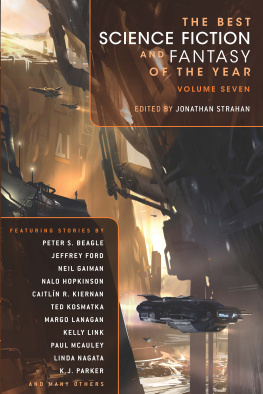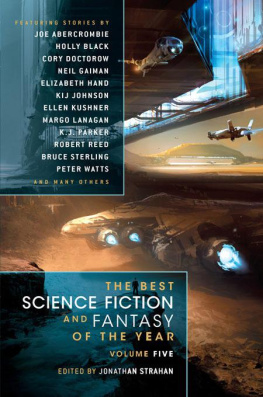The Years Best Science Fiction
and Fantasy, 2011 Edition
Edited by
Rich Horton
For two editors who got me started on the route
to putting together these books: Dave Truesdale and John ONeill.

Copyright 2011 by Rich Horton
Cover design by Telegraphy Harness.
Ebook design by Neil Clarke.
All stories are , and used here with their permission.
ISBN: 978-1-60701-308-2 (ebook)
ISBN: 978-1-60701-256-6 (trade paperback)
Prime Books
www.prime-books.com
No portion of this book may be reproduced by any means, mechanical, electronic, or otherwise, without first obtaining the permission of the copyright holder.
For more information, contact Prime Books.
TABLE OF CONTENTS

by Rich Horton
by Yoon Ha Lee
by K. J. Parker
by Amal El-Mohtar
by Alice Sola Kim
by Geoffrey A. Landis
by Christie Yant
by Steve Rasnic Tem
by Matthew Johnson
by Charles Yu
by Rachel Swirsky
by Adam-Troy Castro
by Bill Ktepi
by Samantha Henderson
by Paul Park
by Gene Wolfe
by Carol Emshwiller
by C.S.E. Cooney
by Neil Gaiman
by Willow Fagan
by Peter Watts
by Paul M. Berger
by Alexandra Duncan
by Robert Reed
by Charlie Jane Anders
by Matthew David Surridge
by Damien Broderick
by An Omowoyela
by Elizabeth Hand
THE YEAR IN FANTASY AND SCIENCE FICTION, 2010
RICH HORTON

When we published the contents of this anthology, the first thing that attracted notice was the high proportion of stories from online venues. Sixteen of the twenty-eight stories in this book first appeared online. (Though actually one of those, K. J. Parkers Amor Vincit Omnia was published more or less simultaneously in the Australian print zine Andromeda Spaceways Inflight Magazine. ) Other best of the year books also showed higher than previous totals of online stories. Is the web finally taking over?
Well, the proportion of short sf and fantasy first published online has been increasing steadily over time. So one would expect a concomitant increase in the proportion of online stories in Best of the Year books. In addition, the respectability of online sources has increased. Readers are more likely to expect good fiction there, and writers are happier to send their best stories there. (The pay has also increased, particularly at a site like Subterranean .) Mind you, one of the earliest online sites, Ellen Datlows Sci Fiction , remains probably the best, but for some time it was seen as almost an outlier, buoyed by the presence of a revered editor and by high pay.
Other sites of a similar vintage battled image problems. One site thats been around seemingly forever in web years is Strange Horizons . It published some very strong fiction from the beginning, but had early on a reputation as to a great extent a slipstream site, and a site for new writers. This reputation was to a great extent deservedbut so what? Slipstream can be very good, and supporting new writers is a wonderful thing. Strange Horizons has parlayed a certain dogged persistence, and consistent high standards, into ever increasing reputation, so that by now they are as respectable a place to publish new sf and fantasy as anywhere. They are still hospitable to new writers, but some of the writers who were new when the site debuted have become, if not exactly grizzled veterans, at least established pros. So at Strange Horizons now we can expect fiction from a wider variety of contributors, and a vigorous mix of sf and fantasy.
Some sites built reputations first as print magazines. This is true of both Fantasy Magazine and Subterranean Magazine . Each transitioned online after several print issues. And each stand now among the very best venues of sf and fantasy (mainly fantasy of course at Fantasy Magazine ). Another magazine that transitioned from print to online is Apex (formerly Apex Digest ). The print magazine had a distinct focus on horror (albeit often sf horror), but the online version, though still prone to publish a fair amount of horror, seems more diverse in focus now. And in 2010 I thought it took a sharp leap upward in quality, partly perhaps due to the work of new editor Catherynne M. Valente (though I dont want to diminish previous editor (and still publisher) Jason Sizemores contributionsthe site was already on a definite upward path under his direction).
But nowadays an online site can build a strong reputation essentially from scratch, and fairly quickly, much like any print magazine. Lightspeed , the sf companion to Fantasy Magazine , began publication in mid-2010, and from the first were publishing outstanding stories. The editorformer F&SF assistant and busy anthologist John Joseph Adamsis a major factor, of course. Similarly, Clarkesworld and Beneath Ceaseless Skies , though theyve been around longer than Lightspeed , have quickly become destination sites for those who love short sf and f.
Finally one must mention Tor.com , which, backed by a major publisher, also began with a built-in reputation, and has continued to back that up with strong fiction. Tor.com, like most of these sites, has other features besides the fiction that draw readers. In Tors case, my favorite aspect is a vigorous blog with numerous contributors, on a variety of sf-related subjects. Most of the other sites have other interesting features, such as illustrations, interviews, and non-fiction of various kinds. Very notable in particular is the strong book review section at Strange Horizons .
Other worthwhile sites include Abyss and Apex , Ideomancer , Reflections Edge , Chiaroscuro , Flurb , Orson Scott Cards Intergalactic Medicine Show , and Heroic Fantasy Quarterly .
Having sung the praises of online sites, it is incumbent on me to remind everyone that the print magazines, as well as original anthologies, are still an essential source of new stories. This year I felt that the magazines remained in a holding pattern. No major magazines folded or drastically changed format, though Realms of Fantasy , for the second year in a row, did temporarily fold, before being rescued by a new publisher. F&SF and Asimovs both had very good years as far as fiction quality goes. Analog was not as strong, but it remains unique, its own magazine, with a pretty clear sense of its market, its aims, which alas dont always square with mine. Realms of Fantasy is another magazine with a clear sense of missionthis is wholly Shawna McCarthys domain, in the way that its style and sensibility have remained consistent over the years. In the UK, Interzone is featuring very good stuff, with a distinct personality of its own; one perhaps best summarized as being in alignment with a quasi-movement Interzone regular Jason Sanford has dubbed Sci-Fi Strange.
There were quite a few fine original anthologies this year. What was missing were the major unthemed original anthology series we saw over the past few years. The Solaris Book of New Science Fiction and Fast Forward have died, and while a fourth number of Eclipse is planned, it wont appear until 2011.
Two of the most interesting original anthologies last year were big books that spanned genres, each mixing mainstream stories, and historical fiction, with a fair amount of sf and fantasy. These were Stories , edited by Neil Gaiman and Al Sarrantonio; and Warriors , edited by George R. R. Martin and Gardner Dozois. Martin and Dozois put out another strong book this year, this one more strictly fantastical in nature: Songs of Love and Death . Other top anthologies from 2010 included Swords and Dark Magic , edited by Lou Anders and Jonathan Strahan; The Way of the Wizard , edited by John Joseph Adams; and The Beastly Bride , edited by Ellen Datlow and Terri Windling. Strahan had another very strong book, the much delayed Godlike Machines , from the Science Fiction Book Club. The Frederik Pohl tribute anthology Gateways , edited by Elizabeth Anne Hull, was distinctly uneven but had nice stuff from the likes of Gene Wolfe and Cory Doctorow. And one of the most anticipated books of the year was Jetse de Vriess collection of optimistic sf, Shine , which was also uneven, but with some very good stories.
Next page
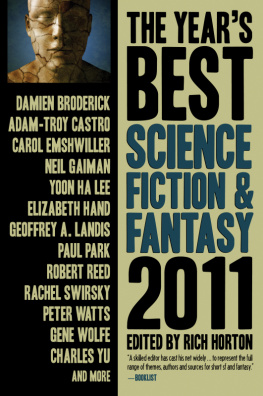

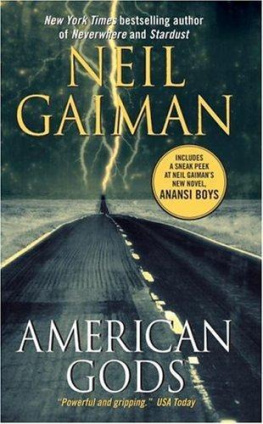

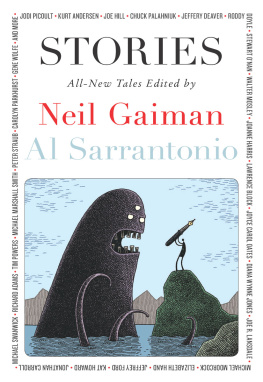

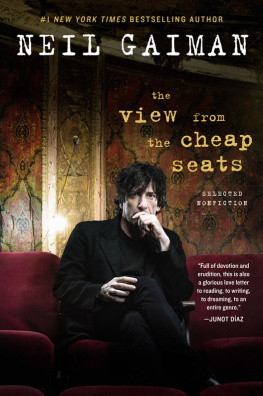
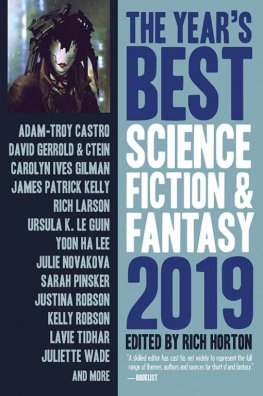


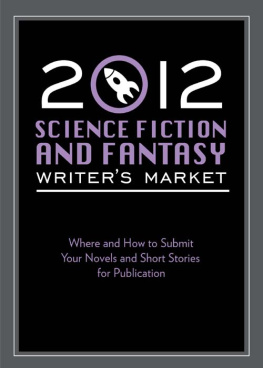


![Merril - The Years Greatest Science Fiction & Fantasy 1: [Anthology]](/uploads/posts/book/220111/thumbs/merril-the-year-s-greatest-science-fiction.jpg)
